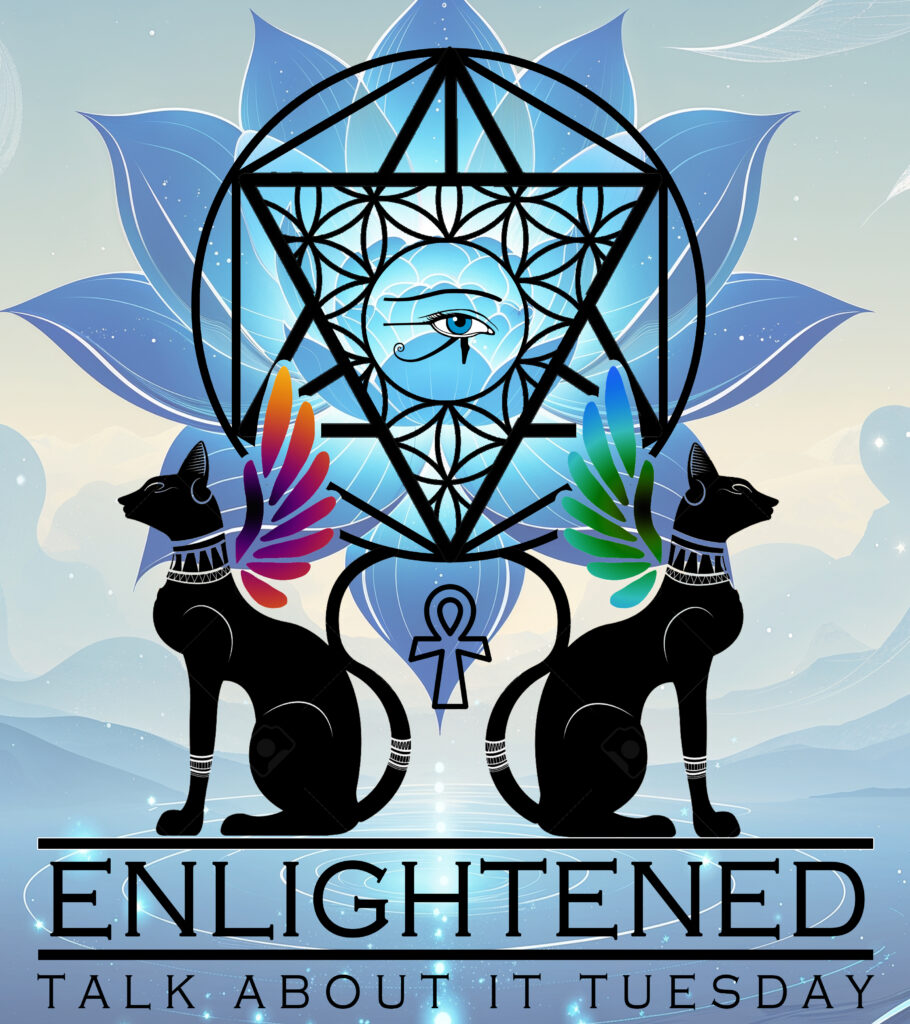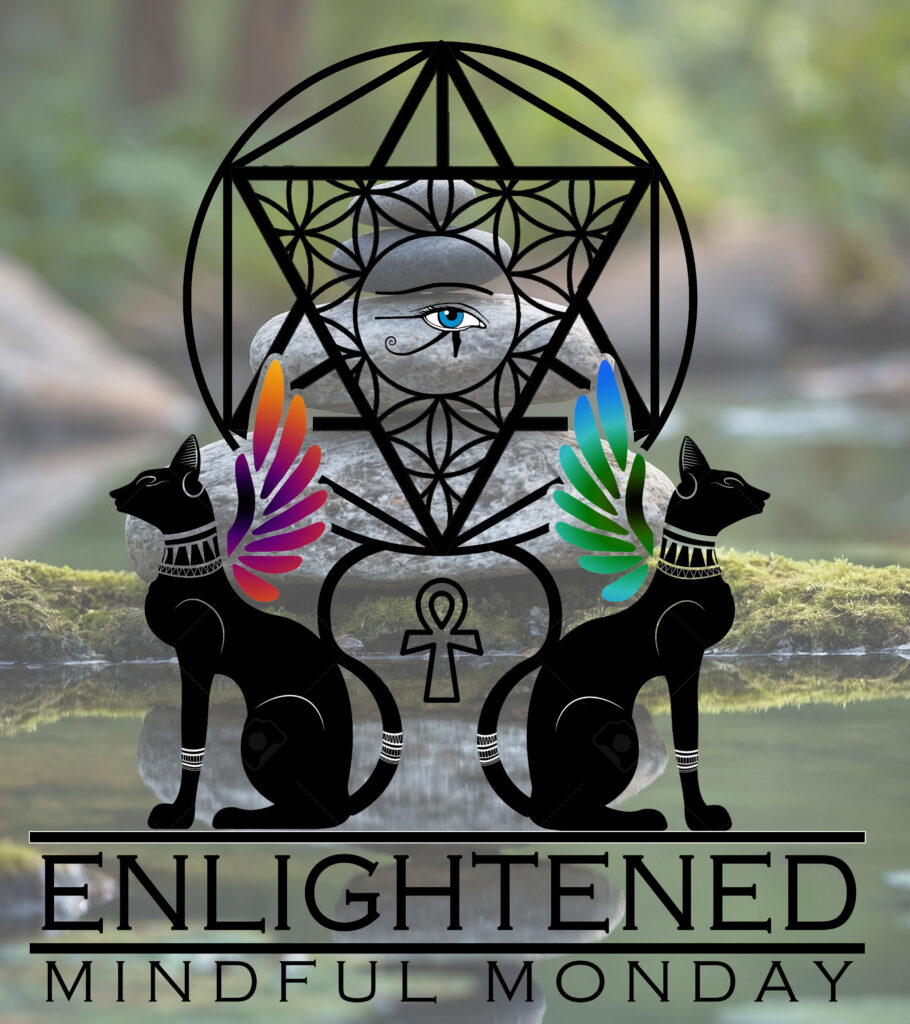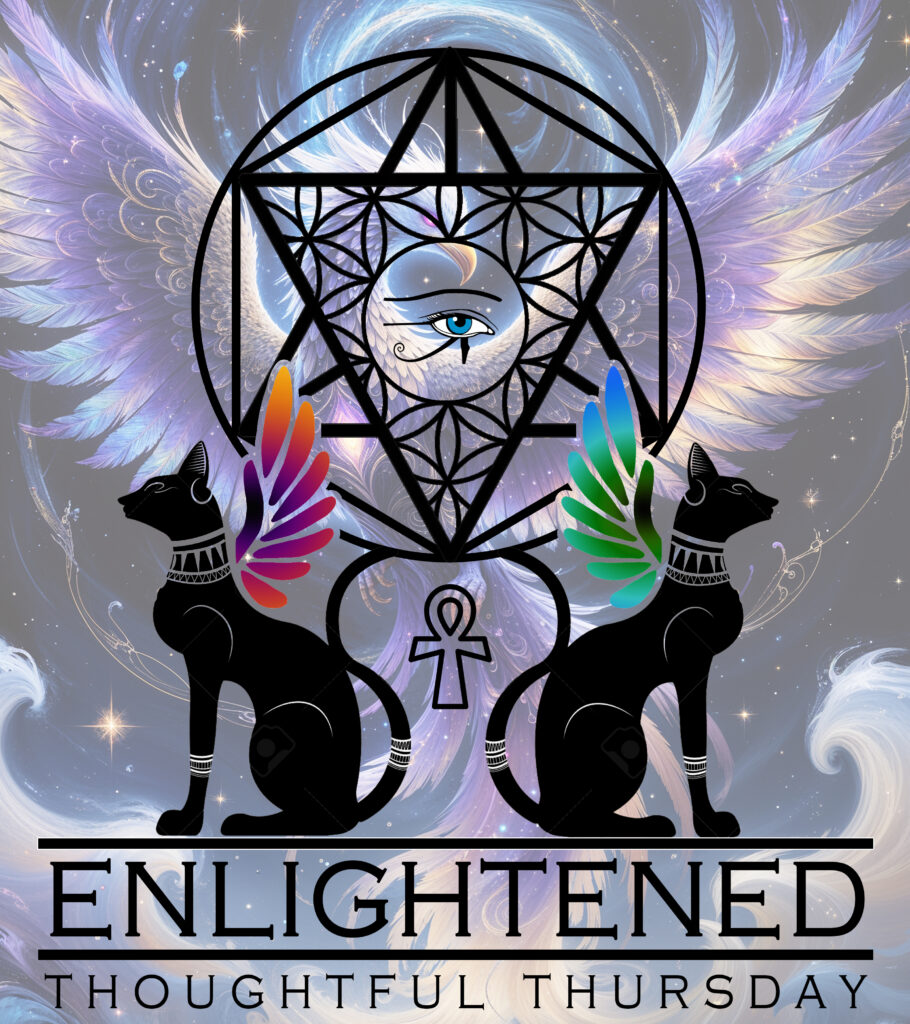
Welcome back to “Talk About It Tuesday” with Enlightened! Our ongoing conversation has explored vital aspects of personal growth, from unlocking your potential and embracing empowerment to setting healthy boundaries and communicating effectively. Today, we turn our attention to a practice that underpins all of these: Cultivating Self-Compassion.
In a world that often emphasizes achievement and perfection, it’s easy to become our own harshest critic. We might berate ourselves for mistakes, judge our perceived shortcomings, or push ourselves relentlessly without acknowledging our efforts. Self-compassion offers a gentler, more sustainable path. It involves treating ourselves with the same kindness, understanding, and support we would offer a dear friend who is struggling. For everyone in our Warren/Youngstown community seeking true emotional well-being and resilience, this is a transformative practice.
What is Self-Compassion (And What It’s Not)?
Dr. Kristin Neff, a leading researcher in this field, defines self-compassion as having three main components:
- Self-Kindness vs. Self-Judgment: Being warm and understanding toward ourselves when we suffer, fail, or feel inadequate, rather than ignoring our pain or flagellating ourselves with self-criticism.
- Common Humanity vs. Isolation: Recognizing that suffering and personal inadequacy are part of the shared human experience – something that we all go through rather than being something that happens to “me” alone. This helps us feel less isolated in our struggles.
- Mindfulness vs. Over-Identification: Taking a balanced approach to our negative emotions so that feelings are neither suppressed nor exaggerated. We observe our negative thoughts and emotions with openness and clarity, without getting swept away by them.
It’s important to understand that self-compassion is not self-pity, self-indulgence, or making excuses for ourselves. It’s not about lowering our standards. Instead, it’s about providing ourselves with the emotional support and understanding needed to learn from our experiences, motivate ourselves with kindness, and navigate life’s challenges with greater resilience.
Why is Self-Compassion So Crucial for Empowerment and Well-being?
Cultivating self-compassion has profound benefits:
- Increased Emotional Resilience: When you treat yourself kindly during setbacks, you bounce back more quickly and with less emotional distress.
- Reduced Stress, Anxiety, and Depression: Self-criticism fuels negative emotions. Self-compassion soothes them.
- Greater Motivation (Driven by Care, Not Fear): Ironically, self-compassion is a more effective motivator than harsh self-criticism. When we support ourselves, we’re more likely to try again after a failure.
- Healthier Relationships: When you are compassionate towards yourself, you often have more emotional resources to be compassionate and understanding towards others.
- Improved Self-Worth: Self-compassion helps you recognize your inherent worth, independent of your achievements or failures.
- Supports Boundary Setting & Authentic Communication: When you value yourself, you’re more likely to set healthy boundaries and speak your truth, as we’ve discussed in previous “Talk About It Tuesday” posts.
Practical Ways to Cultivate Self-Compassion:
Like any mindfulness-based skill, self-compassion grows with practice:
- Notice Your Inner Critic:
- Talk About It: Become aware of your self-talk. What kind of language do you use when you make a mistake or feel inadequate? Would you speak to a friend that way?
- Reframe Self-Critical Thoughts:
- When you catch yourself in a cycle of harsh self-judgment, gently challenge those thoughts. Ask yourself: “Is this thought truly helpful? Is it entirely true? How would I speak to a friend in this situation?”
- Practice Mindful Self-Soothing:
- When you’re feeling distressed, try simple soothing gestures, like placing a hand on your heart, giving yourself a gentle hug, or speaking comforting words to yourself.
- Write a Self-Compassionate Letter:
- Imagine a friend is experiencing the same struggle you are. Write a letter to that friend, offering understanding, kindness, and support. Then, read the letter as if it were written to you.
- Remember Common Humanity:
- When you’re struggling, remind yourself that imperfection, mistakes, and suffering are part of being human. You are not alone in your experience.
- Engage in Self-Care Rituals:
- Consistently nurturing your mind, body, and spirit through self-care (as discussed in our previous blog post) is an active expression of self-compassion.
Holistic Support for Your Self-Compassion Journey
Developing self-compassion can be a deeply healing process, and it’s okay to seek support. At Enlightened:
- Holistic Wellness Coaching: Larissa Giles can help you identify self-critical patterns, develop self-compassionate responses, and integrate practices that nurture your inner kindness.
- Mindfulness & Meditation Guidance: These practices are foundational for observing your thoughts without judgment and cultivating a more compassionate inner stance.
- Therapeutic Bodywork: Releasing physical tension can often create space for emotional softening and self-acceptance.
The gentle power of self-compassion allows you to navigate life’s challenges with greater ease, resilience, and a deeper connection to your authentic self. It’s a vital part of living an “Enlightened” life.
How do you currently practice kindness towards yourself? What’s one small way you could be more self-compassionate this week? We invite you to “Talk About It.”
If you’re looking to cultivate a more compassionate relationship with yourself, reach out to Larissa.



